Heritage
Italians And Family Values
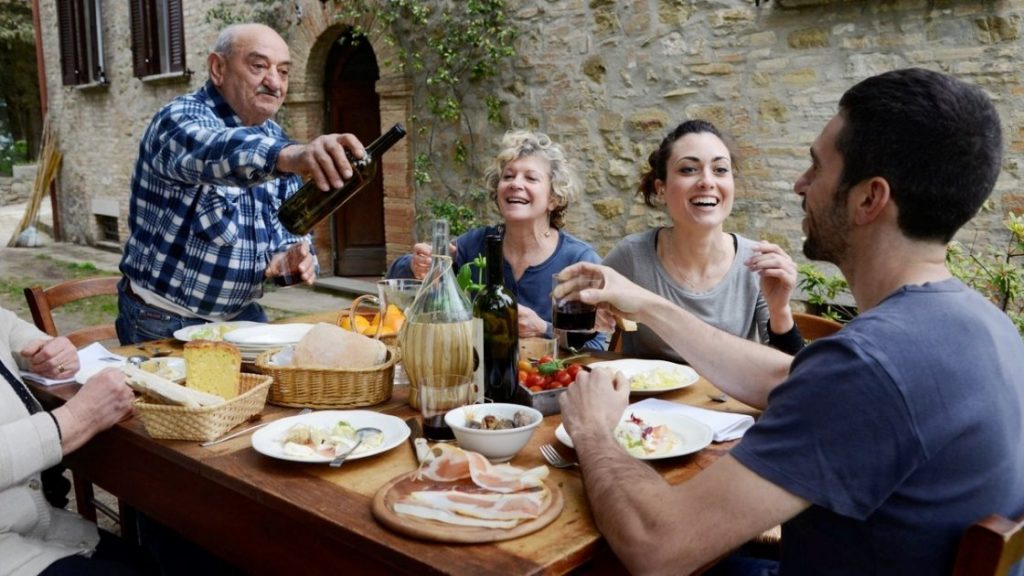
The Italian-American identity is one of the stronger so-called “hyphenated” identities within the United States. Owing to the country’s unique position as a melting pot of heritage, many within respective communities maintain a strong sense of identity tied to “the motherland.”
Out of a total population of 8.4 million, for example, 3.1 million people in New York City identify with the Italian-American community.
Moreover, Italian-American communities maintain a particularly strong presence in the north-east corridor of the United States–aside from NYC, they make up considerable swathes of Boston and New Jersey. There is also a sizeable Italian-American presence within larger urban clusters in the Midwest (and pockets exist throughout the country).
As in Italy proper, one of the primary points which distinguishes the cultural is an appreciation for the family unit. This is expressed in a number of ways; including not just what we would typically think of as “family traditions,” but also food, drink, and a strong tendency towards conservative Catholicism.
In Italy, the tightly-knit family unit (Italian: la famiglia) is the aspect which sets the country apart from the rest of Europe, and even the world more broadly. Young adults and adolescents are rarely pressured to move out from the family home, and statistically tend to do so at one of the latest ages across continental Europe. Meal-time is sacred, and it is considered commonplace to keep close contact with members of one’s extended family, to a degree that might not be reflected in typical American, British, or Canadian culture. Perhaps unsurprisingly, these trends are often mirrored within the Italian-American community.
Perhaps owing a little to the value placed on the nuclear family unit, Italian-American families would (at least in years gone by) tend to follow a fairly conservative pattern of sharing responsibility. Much of the domestic duties were considered the responsibility of the mother or matriarch, and the father was expected to be the sole bread-winner. While this has changed considerably in recent years, it’s worth bearing in mind that these conservative values still pervade Italian-American family traditions, at least to a degree.
Tied in to this concept of la famiglia is a deep-seated sense of respect for the elderly. There is a marked expectation that the younger generations will continue to care for nonna and nonno into their twilight years–in fact, the idea of care homes are rarely entertained within the Italian-American community, and even viewed in a negative light.
Many other countries (think Japan and South Korea) take the traditional family unit seriously, but few carry this idea over into mealtime. While culinary traditions, including wine-making, trace their roots to practices typical of immigrants from southern Italy and Sicily, Italian-American cuisine has taken on a form of its own over the years.
Pizza, in particular, has become a staple part of the diet of the typical New Yorker or Chicagoan. In fact, over time these cities have built on old-school recipes and created their own adaptations. For better or for worse, the style of “deep dish pizza” man in the Windy City marries a traditional Italian pizza base with a quintessentially American love for heavy ingredients.
Sunday dinners and holidays are a staple of the Italian-American family. No recipe is too difficult, no preparatory task too burdensome–and it’s not uncommon to spend three to four hours breaking bread.
In fact, so strong is the appreciation of cuisine within various Italian-American communities, that high-profile festivals have sprung up in major Italian-American communities. In Buffalo and New Orleans, for example, there is a major emphasis on “Saint Joseph’s Day” (held on March 19), in which meatless dishes are served up to the community’s poorest. Of course, this also reflects another key facet of Italian-American life–the unity of not just the family unit, but the community as a whole.
In terms of specific holidays, one can’t look past June 2. A national holiday in Italy itself, it is known in English as the “Festival of the Republic” (Festa della Repubblica). Widely considered the Italian answer to St. Patrick’s Day, Italian-American families tend to embrace this occasion as a day of celebration. In Italy, it is observed as a day of independence; most workers take the day off. This may or may not be the case within the United States, and depends largely on the family or the community in this respect.
The abundance of “Little Italys” throughout the contiguous United States is no accident. They were, originally, rooted in prejudice against first-generation Italian migrants and blue-collar workers. As established European communities acted in an increasingly Italophobic manner throughout much of the 18th and 19th century, Italian-American communities came together and bonded as a result. Today, we see not just integrated family units, but whole towns that identify strongly with the Italian-American identity. Several towns within New Jersey and New York state, for example, hover around 40-50% Italian.
Much like our Irish-American counterparts, one of the strongest institutions within the Italian-American family is the concept of work ethic. Despite being one of the most repressed segments of the newly-formed Republic, the vast Italian-American migrants overcame injustice and societal obstacles to become small business owners, community leaders, and politicians.
Another typically Italian-American tradition that defines the family unit is a tendency to assume that things will “work themselves out.” Rather than quibbling or stressing over issues over which one has no control, Italian-Americans tend to take a relaxed approach to problem-solving–and even, in some cases, to internal family discipline. This is typical not just of Italy, but in fact of Southern Europe and the Balkans in a broader sense.
The final tradition observed by Italian-American families is that of religion. It almost goes without saying, but the Italian-American community takes religion seriously; as the cradle of Christianity itself, Italy takes a traditional approach to issues of the sanctity of marriage, for instance. If lunch and dinner are the touchstone of the Italian family unit, then it isn’t too much of a stretch to say that Sunday church is the second. Of course, this is not ubiquitous to all Italian-American families; many adhere to different dominations (or many not practice organized religion at all).
-
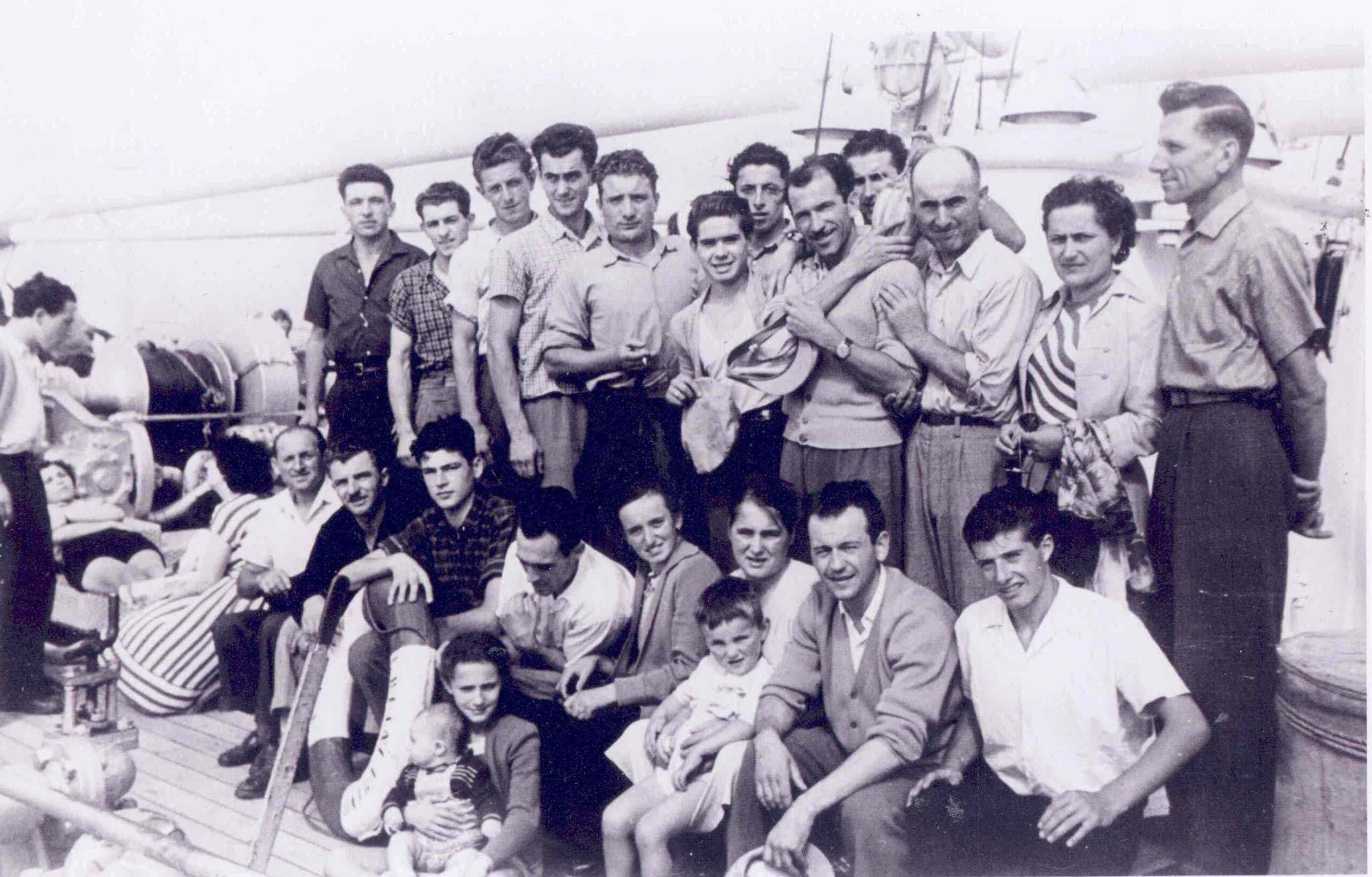
 Heritage5 years ago
Heritage5 years agoA Rough Beginning For Italians in America
-

 Heritage5 years ago
Heritage5 years agoWhat it truly means to be Italian
-
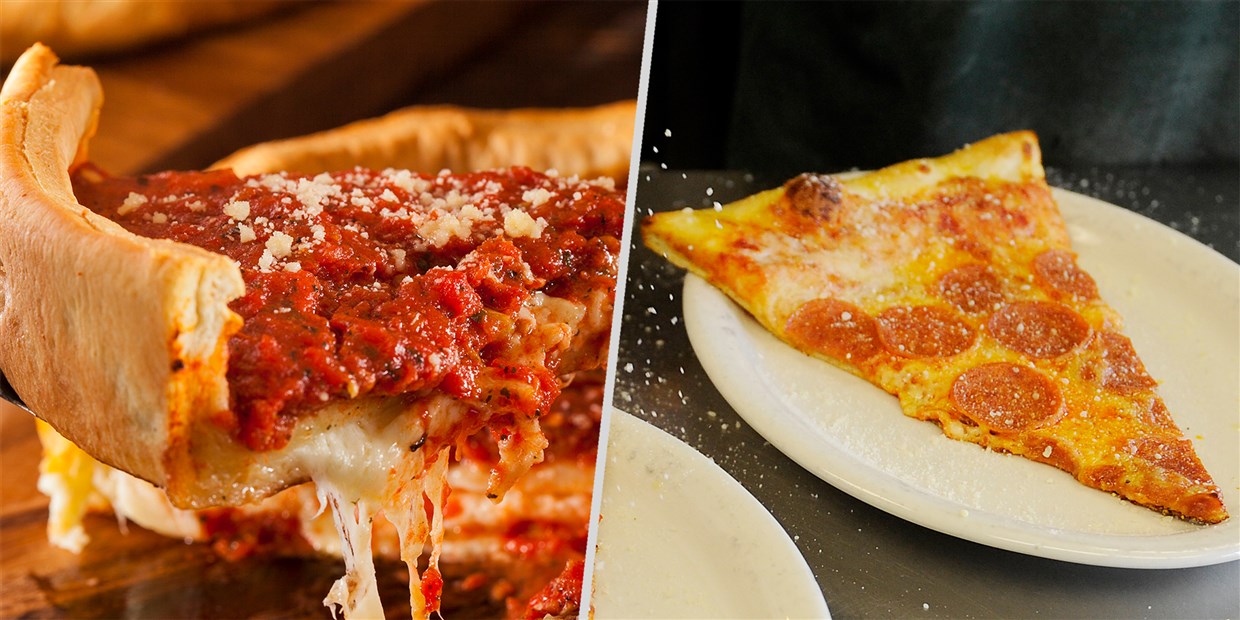
 Italian5 years ago
Italian5 years agoNew York vs Chicago Pizza
-

 Italian5 years ago
Italian5 years agoTop 9 Popular Italian Pastries
-
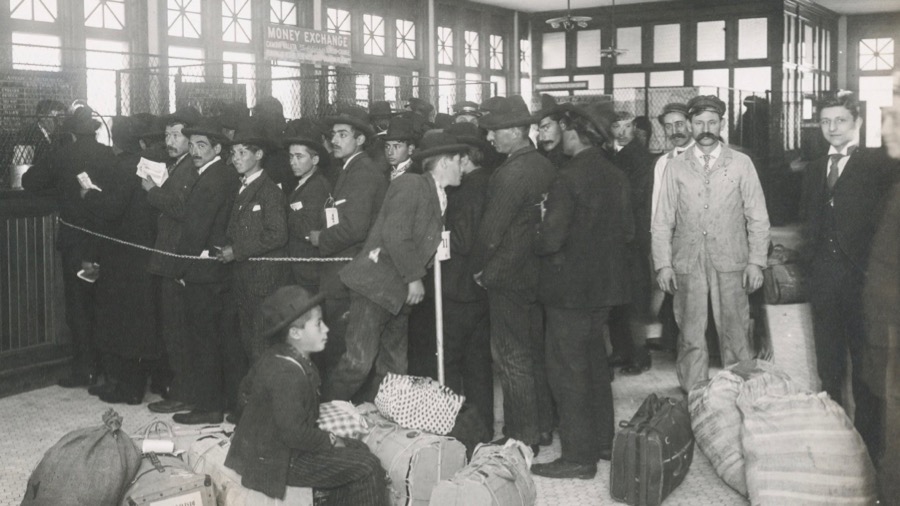
 Heritage5 years ago
Heritage5 years agoEllis Island Italian Americans
-

 Italian5 years ago
Italian5 years agoIn 1962, an Italian magazine carried a story on how the world will look in 2022. Is it Real???
-
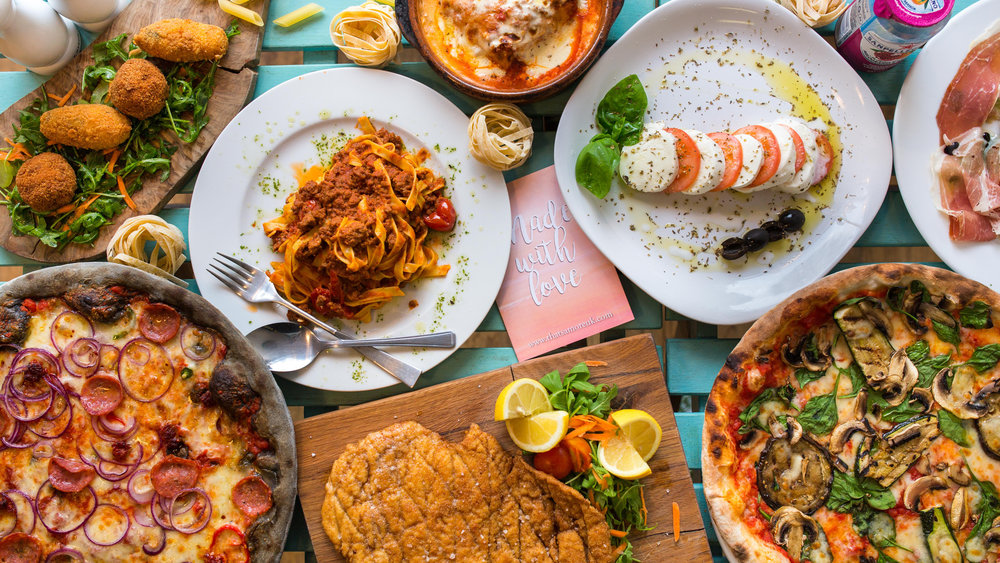
 Heritage5 years ago
Heritage5 years agoHow Italian American families celebrate holidays
-
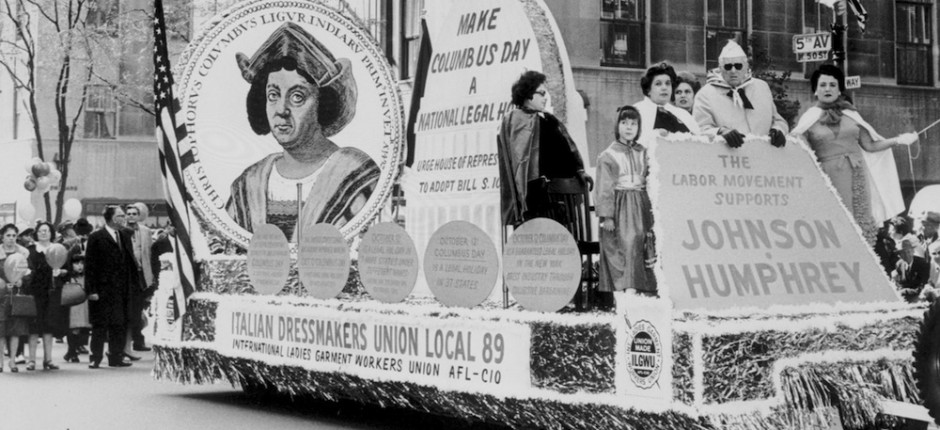
 Heritage5 years ago
Heritage5 years agoColumbus and the Legacy of Italian Americans






